Fingers
Meme Genius
LEVEL 1
400 XP
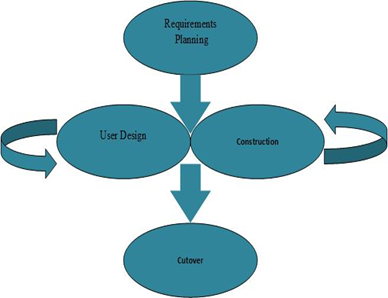
CHAPTER 3
METHODOLOGY
This chapter focuses on the steps used concerning the development of the Proposed System for SDSSU HOLLISTIC PAYROLL SYSTEM. The Data were gathered from SdssuCantilan Campus, Surigao Del Sur through interviews, system development and system implementation.
Research Design
The project developmental project design where the researcher designed a system that provides a well-managed and secured SDSSU HOLISTIC PAYROLL SYSTEM. Considering the timeframe of the project, the researcher follows the Rapid Application Development (RAD) methodology, since the concept develop a faster and an easy way during payroll time
The Rapid Application Development (RAD) is a software development methodology that uses a minimal planning in favor rapid prototyping. A protype is a working model that has a function of equivalent to a component of the product.
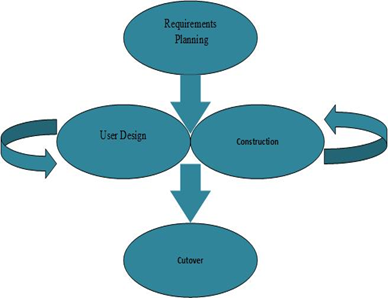
Figure 1.0 RAD Model of the proposed system
RAD divided the process into four distinct phases, those are the following:
- Requirement planning phase – this phase combines elements of the system planning and system analysis phases of the System Development Life Cycle (SDLC).
- User design phase – during this phase, user interact with systems analysts and develop models insuring the system is a user friend and easy to handle by the administrator. User design is a continuous interactive process that allows administrators to understand, modify and eventually approve a working model of the system that meets their needs.
- Construction phase – this phase focused on program and application development task similar to the SDLC. However, administrator continue to participate and can still suggest changes or improvements of the system. It tasks included programming and application development, coding unit- integration and system testing.
- Cutover phase – this resembles to the final task in the SDLC implementation phase, including data conversion, testing and user training. Compared with the traditional methods the entire process been compressed. As a result, the new system is built, delivered, and placed in a proper operation by the administrator.
Research Instrument
The researcher conducted an interview in proposing this system. This involved the collection of data through direct verbal interaction to be able to know the real problem encountered during payroll time.
Data Gathering Procedures
This research started with a letter to the Adviser of the researchers, then, researchers made a letter of asking an interview that should be approved by the Admin Head. As the permission granted, the researchers made an interview with a set of related questions in order to gather accurate information, opinions and suggestions about the payroll.
Data Analysis
From the data gathered, the researchers found out that the SdssuCantilan Campus has encountered a hassle way of informing during the payroll time and from that the researchers decided to create and develop anSdssuHollistic Payroll System.
TECHNICAL DESIGN OF THE STUDY
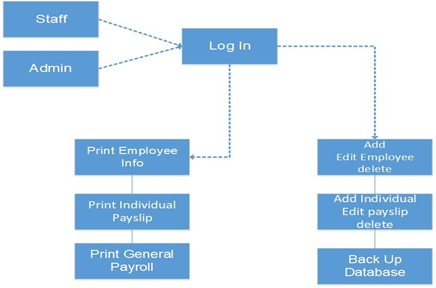
Figure 2.0 Technical Design of the study
Description
Daily employee hours worked are recorded on the timesheets at the end of the month, this timesheets are keyed into the computer, validated, and recorded in a transaction file. Before theupdate, this file is sorted into database. This sorted transaction file is then used tocalculate salaries and update the master file.The process involves reading the master record sequentially along with the transaction file.Updated master records are written to a new master file.
This System is supposed to calculate the monthly salariesfor two different types of employees: Part-time and Full-time. Thefull-time employees’ monthly basic salary is fixed, based ontheir Employee Grade. The part-time employee’ salary is basedon the number of hours they worked.
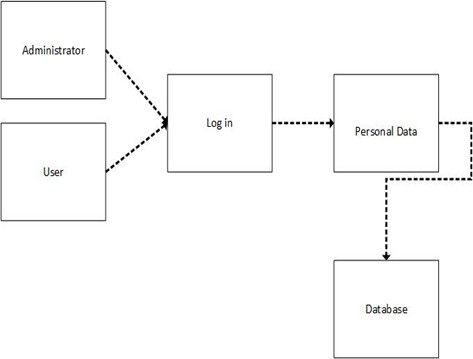
Figure 3.0 Component Diagram
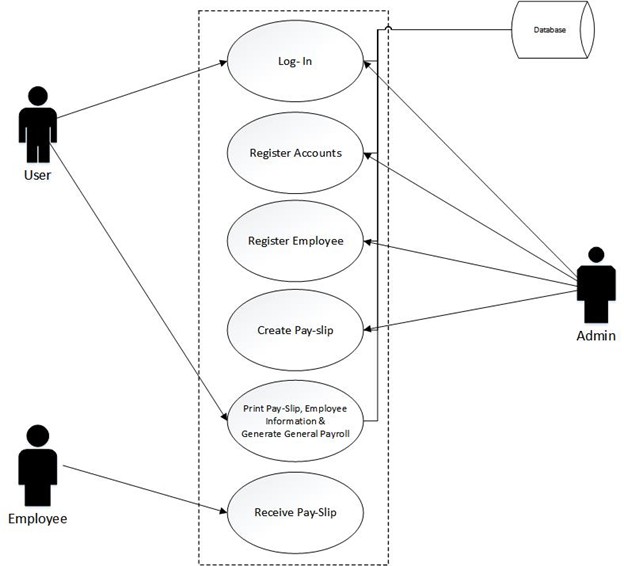
Figure 4.0 Use Case Model of the Proposed System
Requirements
In this section, the researchers described the technical terms of Hardware and Software that are essential in this actual project.
Technical Background of the Study
The proponents described the following system components to fulfill its functionality requirements. The SDSSU Hollistic Payroll System: A Stand-alone system that is created in VB. NET and MS Access Database forth employee of sdssu needs these following hardware and software specification, these are the requirements:
Hardware Specification
PC (Personal Computer)
Intel(R) Celeron(R) CPU B800 @ 1.50GHz
Intel64 Family 6 Model 42 Stepping 7
GenuineIntel
Input Device
Keyboard and Mouse or any compatible pointing device
Table 1 Hardware Specification
Software Specification
OS (Operating System)
Windows 7
GUI (Graphical User Interface)
System Interface Design
Table 2 Software Specification
REQUIREMENTS ANALYSIS
- Log-In
This is the beginning of the process, where the users are required to log in to be able for them to use it.
Table 1. Use Case 1 – Log In
Name
Log In
Description
The actors must log in to have an account.
Desired Outcome
The actors can view the whole content of the payroll system.
Actors
Admin, User
Precondition
The actors must log in to view the whole content of the system.
Scenarios
- Log In
- View
- Done
Work Flow
Admin, User
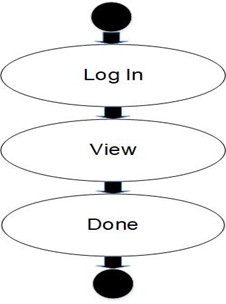
Post Condition
The number of users who used the system will increase by one.
Business Rule
Registered Users
REQUIREMENTS ANALYSIS
- Employee Register
This is the process, where the admin can add or register a new employee.
Table 2. Use Case 2 – Register Employee
Name
Register Employee
Description
The user will add new employee data in the database.
Desired Outcome
The admin will secure the personal data of the employee.
Actors
Admin
recondition
Admin must click the register employee button.
Scenarios
- Click Employee Register button.
- Fill up the form.
- Save.
Work Flow
User, Employer, Admin
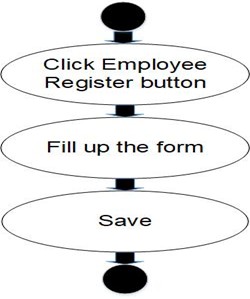
Post Condition
The employee will increased by one.
Business Rule
User must fill up all the information needed by the form.
- Printing
This is the process where the system in the admin will print out the salary of the employee.
Table 3. Use Case 3 –Printing
Name
Printing
Description
The system where print out the salary of the employee.
Desired Outcome
It will be automatically print out the deduction of tax and etc of the employee.
Actors
Admin
Precondition
User must check if the desktop time is correct.
Scenarios
- Click to view
- Input date, ID, status and time.
- Fill-up Form
- Save.
Work Flow
Admin
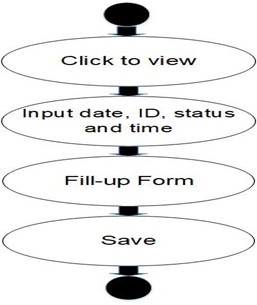
Post Condition
Emoployees will have their daily time record.
Business Rule
Filled Up Form
- Back-Up Database
This is the process where the in charge of the system will back-up the data`s in case of data loss.
Table 5. Use Case 5 – Backup database
Name
Backup database
Description
The user will backup data to avoid data loss.
Desired Outcome
The user will get a copy of the data base in his/her desired file location.
Actors
Admin
Precondition
The user must choose where to put the database.
Scenarios
- Click back-up database
- Browse for folder
- Click ok
- Done
Work Flow
Admin
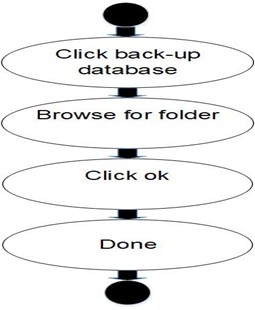
Post Condition
User must click Back-up database button.
Business Rule
User must log in to the system.
Chapter One
Chapter Two
To download the source code of this thesis, visit Payroll System (SDSSU) Cantilan Campus (Visual Basic 2010 Ultimate with Embeded Database Microsoft Access)